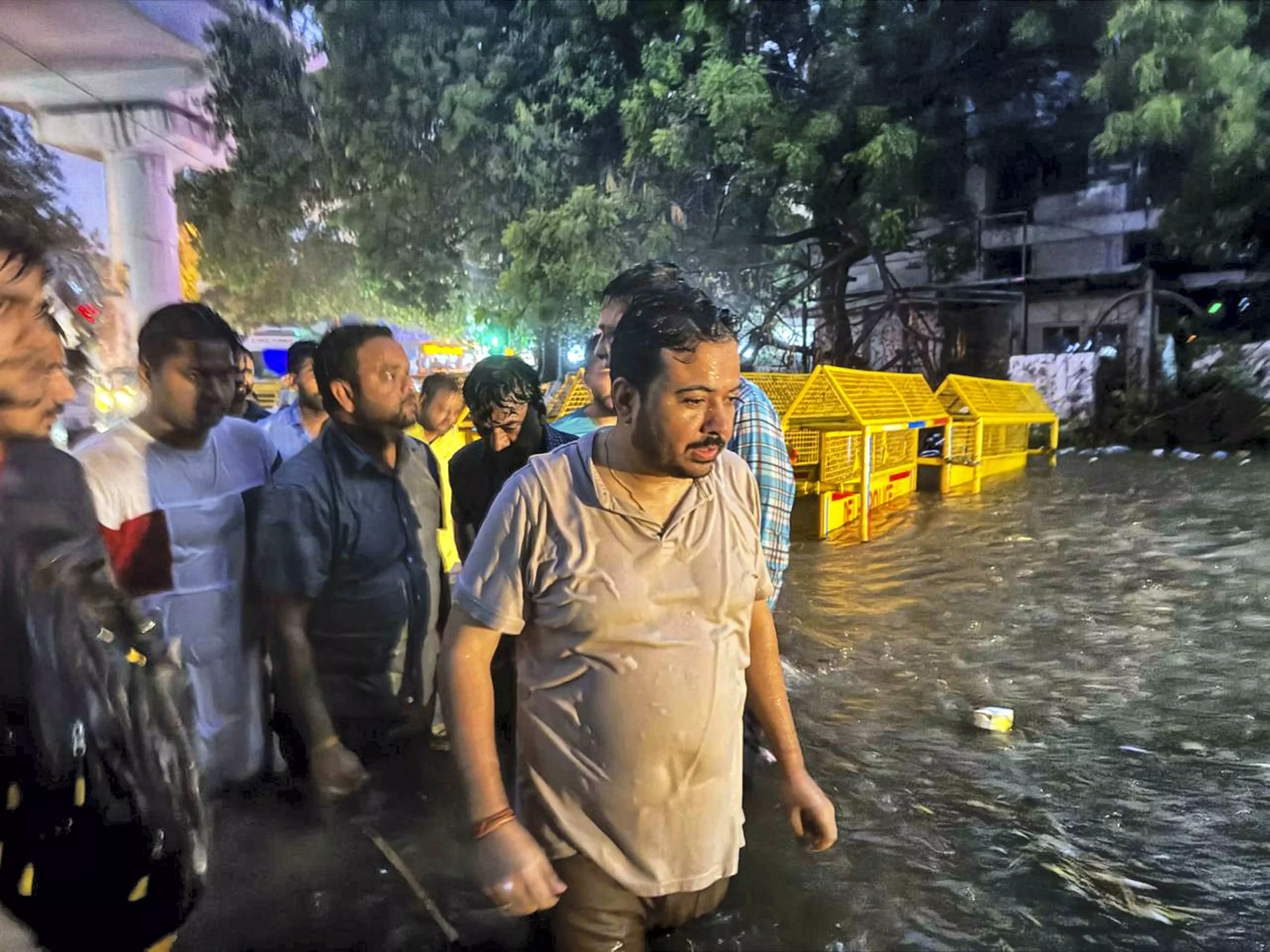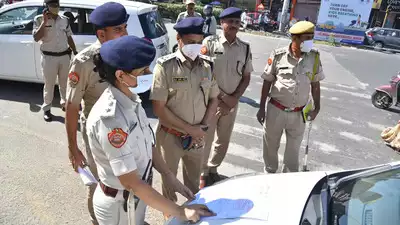Discover how an unprecedented overnight downpour in Delhi has impacted daily life and what meteorologists are saying about this unusual weather pattern.
Impact of Heavy Rainfall on Delhi’s Daily Life
Delhi Rains: Several Weather Stations Record Over 100mm Rainfall Overnight
In addition to the immediate inconveniences, the heavy rainfall heightened concerns about the city’s drainage infrastructure. Instances of urban flooding raised questions about the adequacy of stormwater management systems in place. The rains also posed health risks as stagnant water could become breeding grounds for vector-borne diseases, adding to the woes of the residents.
Understanding the Meteorological Phenomena Behind the 100mm Downpour
The extraordinary rainfall event that Delhi witnessed can be attributed to a confluence of meteorological factors. Monsoonal patterns, which typically bring heavy rains, were intensified by a low-pressure system in the region. Additionally, urban heat island effect, where the city’s concrete and asphalt surfaces absorb and re-radiate heat, can lead to increased localised convection and contribute to such intense precipitation events.
Climate experts are analyzing data to better understand the specific dynamics of this downpour. They are examining atmospheric moisture levels, wind patterns, and the potential role of climate change in exacerbating the severity and frequency of such weather events.
Safety Measures and Warnings Issued by Authorities
In response to the overwhelming rains, authorities issued a ‘yellow alert,’ signaling the need for residents to be prepared and cautious. Disaster response teams were mobilized to provide relief and manage the situation. The public was advised to avoid travel unless necessary, and to stay informed through official updates. Schools and other institutions were directed to close temporarily or shift to virtual platforms to ensure the safety of students and staff.
The government also issued guidelines for residents to secure their homes against water damage, and to report any instances of waterlogging or related hazards to the appropriate authorities. The prompt dissemination of information and proactive measures by the government played a crucial role in mitigating the risks associated with the heavy rainfall.
Historical Comparisons: Is Delhi’s Climate Changing?
The recent bout of rainfall in Delhi has brought to the forefront discussions about the city’s changing climate patterns. Historically, such high levels of rainfall have not been common, and the frequency of extreme weather events seems to be on the rise. By comparing current weather data with historical records, scientists are trying to ascertain if these changes can be linked to broader trends of global climate change.
Analyses indicate that fluctuations in monsoon patterns, increased frequency of high-intensity rainfall, and shifting seasonal cycles might be symptomatic of long-term climate shifts. Such patterns necessitate a reevaluation of urban planning and infrastructure development to ensure the city is resilient to such climatic variations.
Future Forecasts: What to Expect in the Coming Days
Looking ahead, meteorologists are closely monitoring weather systems to predict the likelihood of further rainfall in Delhi. The forecasts suggest a continuation of the monsoon’s active phase over the region, with a possibility of more showers in the coming days. However, the intensity is expected to taper off gradually, offering some respite to the residents.
With the weather remaining unpredictable, authorities continue to maintain the ‘yellow alert’ and urge the public to stay vigilant. The city’s disaster management teams remain on standby, ready to respond to any emergencies that may arise due to the changing weather conditions. Citizens are encouraged to keep abreast of weather updates and to plan their activities accordingly, prioritizing safety at all times.






Leave a Reply